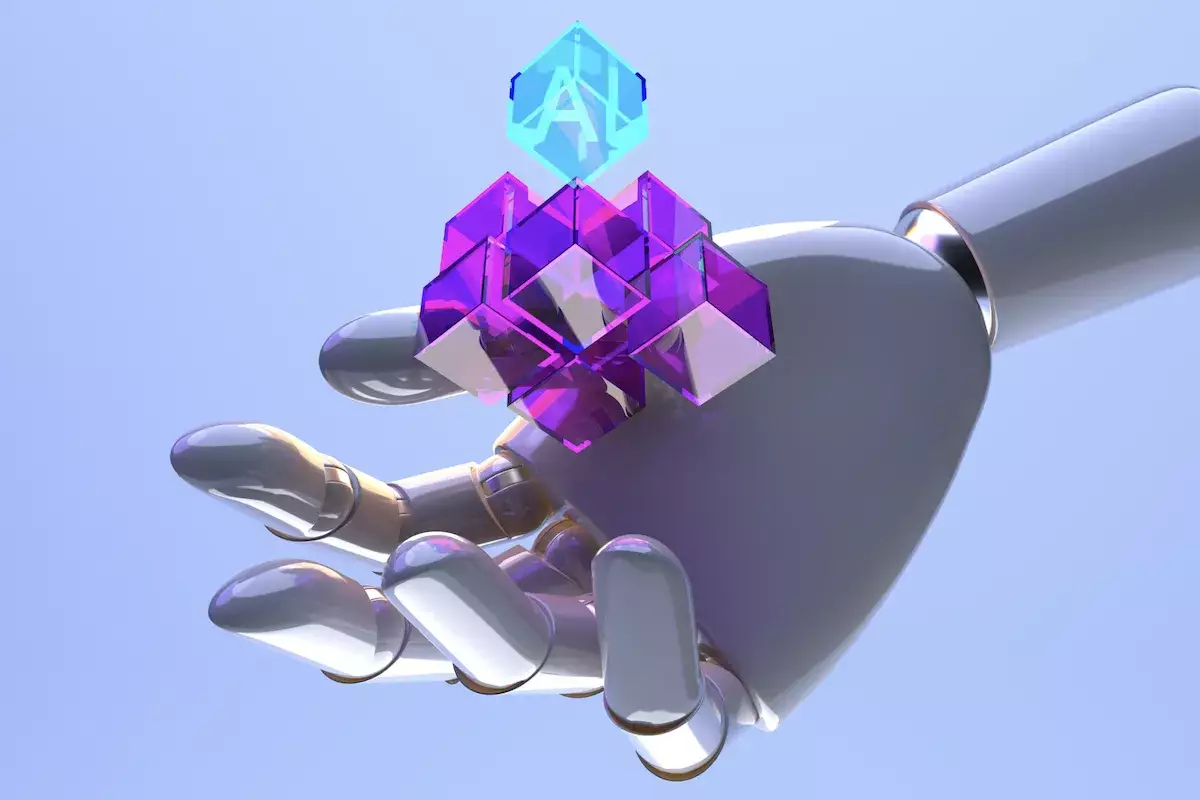In recent years, the digital landscape has undergone a significant transformation thanks to the advent of decentralized applications, or dApps. These applications harness the capabilities of blockchain technology to provide users with transparency and security, all while operating independently of a central authority. When combined with artificial intelligence (AI), dApps promise to reshape various industries by offering unprecedented efficiency, real-time data analysis, and enhanced user experiences. The blend of decentralized networks and intelligent algorithms is at the heart of this innovation, marking a critical leap in the evolution of Web3.
Decentralized applications work on the principle of distributed ledger technology, where every participant holds a copy of the application’s operational framework, making censorship nearly impossible and reducing vulnerabilities tied to centralization. Key to this architecture is the smart contract—a form of self-executing agreement written into code that automates a wide array of transactions and interactions, ensuring adherence to predefined conditions. However, while blockchain provides a solid foundation for transparency and security, it often lacks the speed and adaptability that AI systems can deliver. This gap is where AI-powered dApps come into play.
AI dApps introduce machine learning and data analytics capabilities directly into the blockchain ecosystem. This infusion allows applications to process vast quantities of data swiftly, enabling them to detect patterns and anomalies that traditional systems might miss. Particularly in the decentralized finance (DeFi) realm, where timely responses to market changes can determine success or failure, the speed at which AI can analyze data is invaluable.
Moreover, advanced algorithms help optimize resource utilization. By predicting market trends and user behavior, AI dApps can adjust operational parameters in real time, ensuring that services are not only reactive but proactive as well. For example, in a token marketplace, AI can determine the best timing for a transaction based on current trends and variables, enhancing the likelihood of successful trades.
Empowering Interactions Through Natural Language Processing
An exciting dimension of AI dApps lies in their ability to harness Natural Language Processing (NLP) capabilities. With NLP, users can interact with applications using everyday language, whether spoken or written. This technological advancement makes operations such as staking tokens or minting non-fungible tokens (NFTs) seamless and user-friendly, lowering the barriers to entry for non-technical users.
Additionally, image recognition technologies enhance the functionality of AI dApps, verifying user identities or categorizing content based on visual inputs. This process not only secures transactions but also creates a more interactive environment for users, thus increasing overall engagement.
AI Agents: The Future of Digital Assistance
One of the most revolutionary concepts emerging from the integration of AI in dApps is the deployment of AI agents. These agents act as digital assistants, capable of performing tasks on behalf of users with little oversight. Imagine having an AI entity that could autonomously execute trades, curate information, or even generate creative content based on learned preferences. This capability revolutionizes interaction within decentralized ecosystems, increasing functional efficiency while maintaining oversight through smart contracts that govern agent behavior.
The crux of AI dApps lies in their three foundational elements: decentralized infrastructure, AI capabilities, and token economics. By running on blockchains such as Ethereum and Binance Smart Chain, these applications leverage the power of smart contracts to manage their internal logic. The integration of AI features ensures that the applications can continuously learn and adapt, offering services that are finely tuned to user needs and behaviors.
AI dApps also bring about a shift in data sovereignty and privacy. Through decentralized architectures, users gain more control over their data, stored securely via encrypted or distributed formats. Techniques like zero-knowledge proofs facilitate validation without exposing sensitive information, addressing one of the longstanding concerns in the digital age. Rather than a single entity profiting from your data, decentralized models allow users to monetize their contributions while ensuring transparency and fairness.
Recent trends indicate that AI dApps are gaining traction in the digital space. Reports from DappRadar highlight that about 8.5% of active wallets have interacted with AI-driven decentralized applications, surpassing other traditional digital categories. Notable examples include the LOL platform, which rewards users based on recognized joy, and Dmail Network, focusing on privacy-first email services empowered by AI.
Looking Ahead: The Future of AI in Decentralization
As the landscape continues to evolve, the potential for AI dApps to advance further cannot be understated. With ongoing developments in machine learning and cryptography, various sectors—including finance, healthcare, and supply chain—are likely to embrace these technologies, leading to innovative solutions that enhance security, efficiency, and collaboration.
The path forward holds immense promise, and as we witness the emergence of new applications each month, it is clear that AI-enhanced decentralized applications will play a pivotal role in defining the future of Web3, unlocking new avenues for creativity, productivity, and user empowerment.

